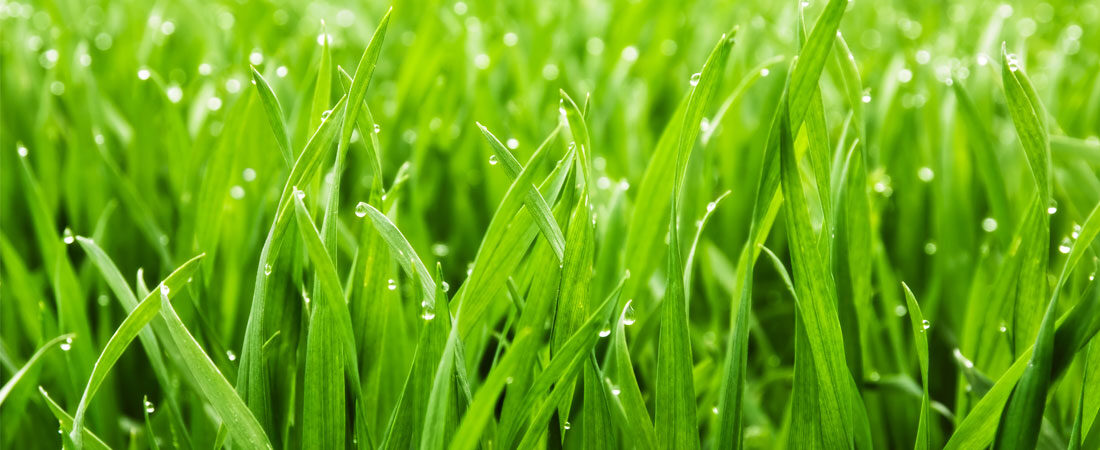Spring has sprung and the landscape is in bloom. With many keen to tend to their gardens, Plantlife encourages you to keep your mower at bay for No Mow May.
No Mow May
Conservation charity, Plantlife is championing a new dawn for the British lawn. Its growing movement, No Mo May, sees gardeners saying no to the mow throughout the month, permitting their gardens to spring into life.
The average gardener cuts their lawn every fortnight, and though neatly manicured grass may be super satisfying to us humans, it isn’t to our wildlife. So if you want to see bees, butterflies and more in your garden, lock up your lawnmower for a little longer than usual and let nature do the work.
Participants of last year’s No Mow May found huge diversity of wildflowers within their very own grounds, reporting up to 250 species of plants blooming in British gardens. This included wild garlic, wild strawberry, declining orchids and rare meadow flowers.
The survey also found that simple changes to mowing frequency can produce enough nectar for ten times more bees and pollinators. So will you resist the urge to mow, and let it grow? It’s not too late to join the movement. To take part:
- Do nothing! Shut your mower in the shed for the rest of the month.
- Sign up officially at the No Mow May website to apply for your Personal Nectar Score.
- Between 23rd and 31st May, choose a random square metre of your lawn and count the number of flowers in it.
- Receive your Personal Nectar Score, which reveals how much nectar is being produced on your lawn and how many bees it can support.
Let It Bloom June
It doesn’t have to stop there. If you’re keen to support pollinators throughout spring and summer, Plantlife proposes mowing every four weeks for the highest production of flowers and nectar sugar.
Alternatively, leave dedicated areas of your garden uncut to encourage not only the shorter-growing species to flower, but the longer ones too – such as ox-eye daisies and red clover. These can be particularly beautiful in bloom and give UK pollinators a much-needed boost.
Ready to take things a step further? Go wild! Take a look at our seed balls and bee bombs which require no expert knowledge or tools. These sustainable seed mixes are perfect for pollinators, with a natural casing which protects them until ready to germinate. They can be scattered at any time of year, transforming empty spaces into a haven for wildlife.
If you’re simply not a fan of wildflowers, remove them by hand and avoid using weedkiller as this contaminates the soil and can remain active up to a year later. Consider a more conscious approach to gardening, tending to your outdoor space with plastic-free tools and eco-friendly essentials.
There are so many things we can do to welcome wonderful wildlife to our outdoor spaces. For tips on inviting insects, birds, hedgehogs and more, check out our full guide on how to cultivate a wildlife-friendly garden.
Written by Hannah Stark




